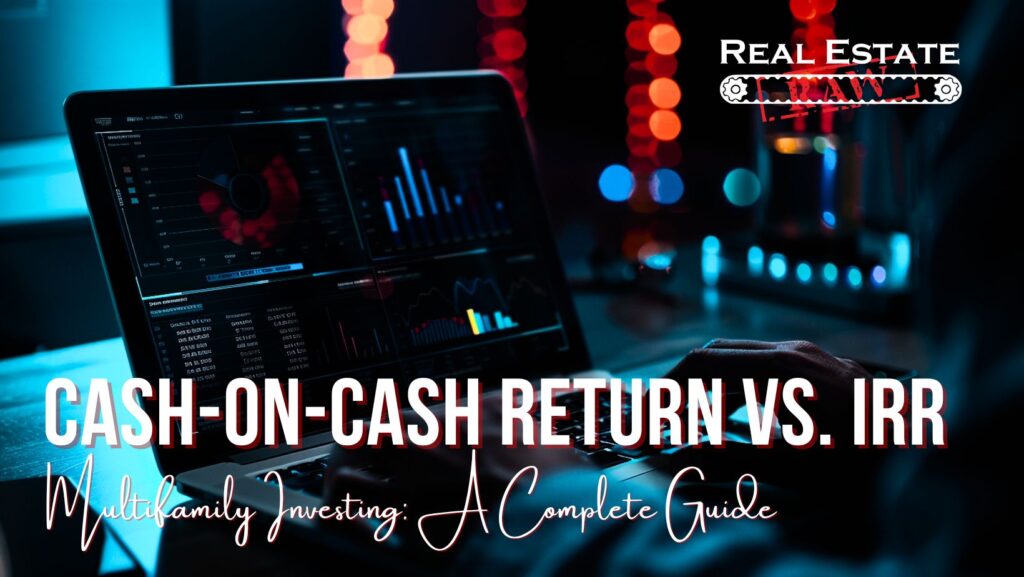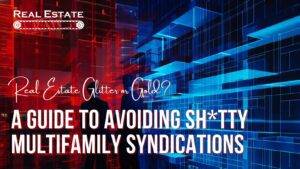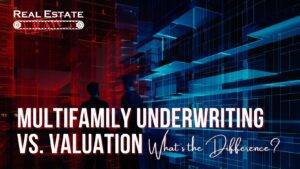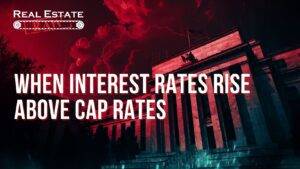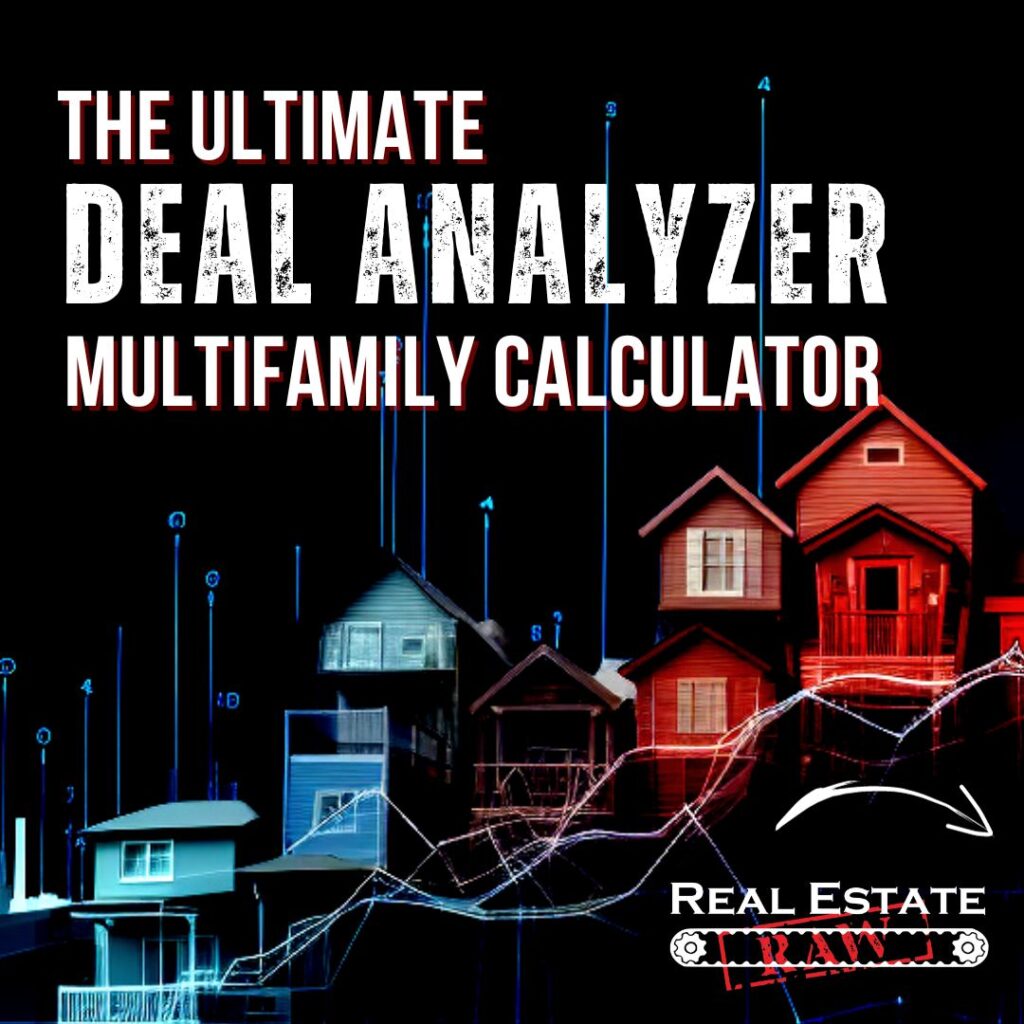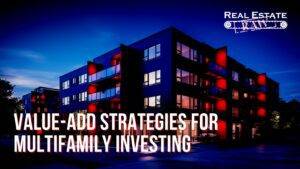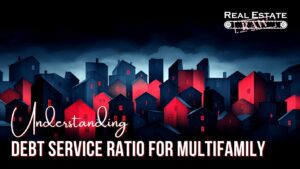Cash flow and appreciation are the primary ways to profit in multifamily investing. When evaluating multifamily investments, two key metrics come into play: Cash-on-Cash (CoC) return and Internal Rate of Return (IRR). They both measure return on investment (ROI) but in different ways:
Cash-on-Cash Return: A metric used in real estate investment to measure the annual return on the cash invested in a property. It’s calculated by dividing the annual net cash flow (rental income minus operating expenses) by the total cash invested (down payment, renovation costs, closing costs, and any other fees). CoC provides a quick and easy way to assess a property’s cash flow generation ability. The formula is-
- Net Positive Cash Flow / Total Acquisition Cost = Cash on Cash Return (CoC)
Internal Rate of Return (IRR): This is a metric that considers the time value of money for a multifamily investment. It calculates a single discount rate that reflects the overall profitability of the investment over its entire holding period, including factors like appreciation, refinancing, and selling the property. IRR is a more complex calculation and typically involves financial modeling software like Excel or specialized real estate calculators. The formula is-
- Wikipedia- IRR
Cash on cash gives us a good understanding of ROI on an income producing level but does not consider the profits at sale or depreciation. By adding these metrics and considering the time of ownership we arrive at IRR, but this calculation requires a calculator. This is where the Annualized Rate of Return (ARR) becomes valuable.
Annualized Rate of Return (ARR): (Total Annual Net Cash Flow + Profit at Sale) / Total Cash Invested, then divided by years of ownership for annual return.
This formula focuses on the value of an investment based on the cash produced by the asset over the hold period. Cash flow is the total net positive cash flow produced over the life of the investment. Profits from the sale are comprised of appreciation and equity paydown. Appreciation is anything you make above the original sale price and equity paydown is the amount of equity that was created by repayment of the loan principle. If there is no debt on the property or if the loan is interest only (IO) there will be no equity paydown.
Example-
You buy a property for $1,000,000 and you own/operate it for 5 years. The property produced a net positive cash flow of $20,000 a year for each of the 5 years for a total of $100,000 in cash flow. At the end of year 5 you sell the property for $1,900,000. You have created $1,000,000 in total cash in 5 years. This is doubling (2X) your money or a 100% rate of return. Divide a 100% ROI over the 5 years to arrive at a 20% Annualized Rate of Return.
$1,000,000 purchase price + $1,000,000 Total Cash Profits = $2,000,000
$2,000,000 – $1,000,000 cost = $1,000,000 profit (100% ROI)
100% total ROI / 5 Years = 20% ARR
ARR doesn’t consider time value of money nor depreciation and shouldn’t replace CoC or IRR but is a simplified approach for initial assessment.
The key to success in multifamily real estate is to be able to quickly value an opportunity before your competition does. IRR is complicated and not always clear on the simple fact of actual cash being produced from an asset, but CoC is too simple and does not consider the profit from appreciation. ARR will allow you to evaluate deals in a simple but accurate manner. If you like the returns that you see from this “back of the napkin” analysis, then you can go further in the more complex projections and calculations.
For more information like this check out www.RealEstateRaw.com and join my Facebook group Real Estate Raw for Investors.
Best of luck!
Bill Ham

